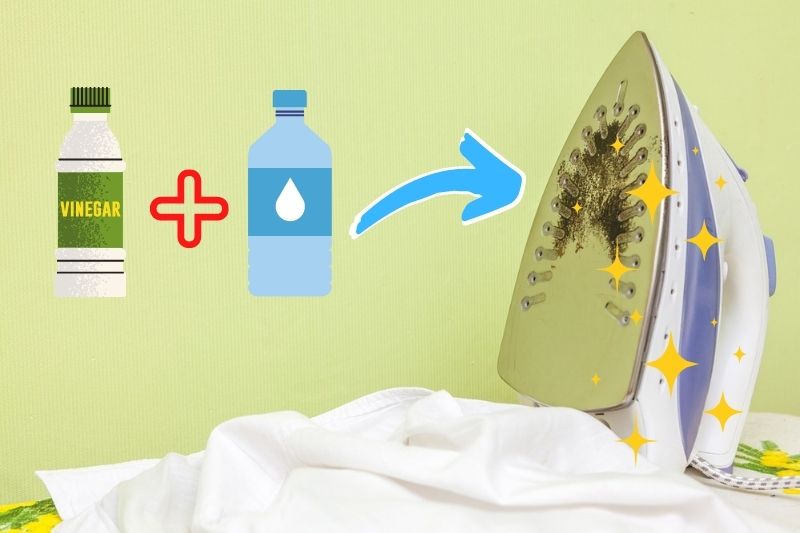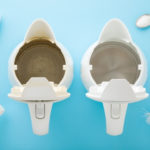A steam generator iron is a great investment. They remove stubborn creases from clothing and help you tackle your ironing pile faster and more efficiently.
However, these types of irons do require some upkeep due to the steam they generate, especially in hard water areas.
Hard water is known for leaving behind mineral deposits, or limescale, on electrical appliances, and the steam generator iron is no different. This means that you may need to descale your appliance in order to keep it working correctly and get the most out of its lifespan.
This article will explore how to tell if your steam generator iron has a limescale buildup, when and how to clean it, and in which cases you should avoid carrying out a manual descaling.
Why Does Limescale Build Up on Appliances?
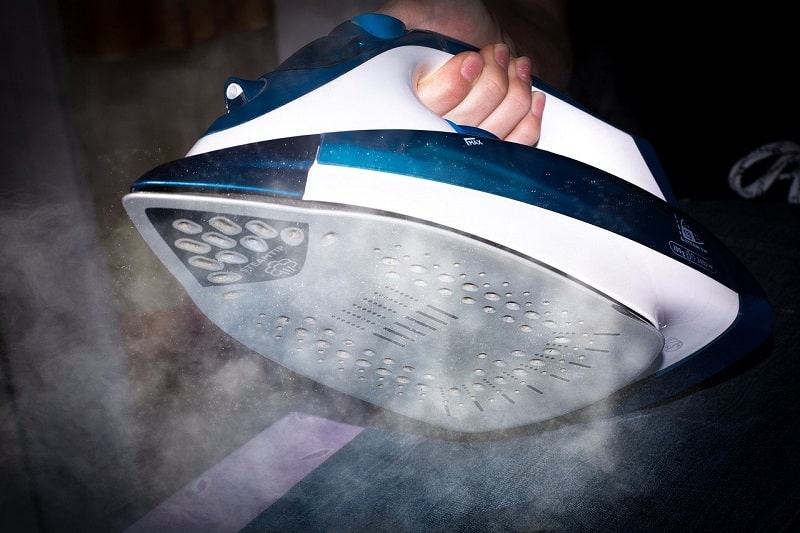
Limescale can be a big problem in hard water areas. More than half of the UK has hard water, so the majority of us are affected. If you are unsure whether you have hard or soft water, a quick online search will tell you.
As water makes its way to our water sources, it passes through rocks and hard materials, picking up mineral deposits on the way.
When water evaporates from a surface, it leaves behind these mineral deposits, commonly known as limescale, which have the appearance of a chalky, white residue.
As well as looking unsightly, limescale can build up on electrical appliances such as kettles, washing machines and steam irons, causing them to stop working correctly.
What Are the Signs of Limescale Buildup?
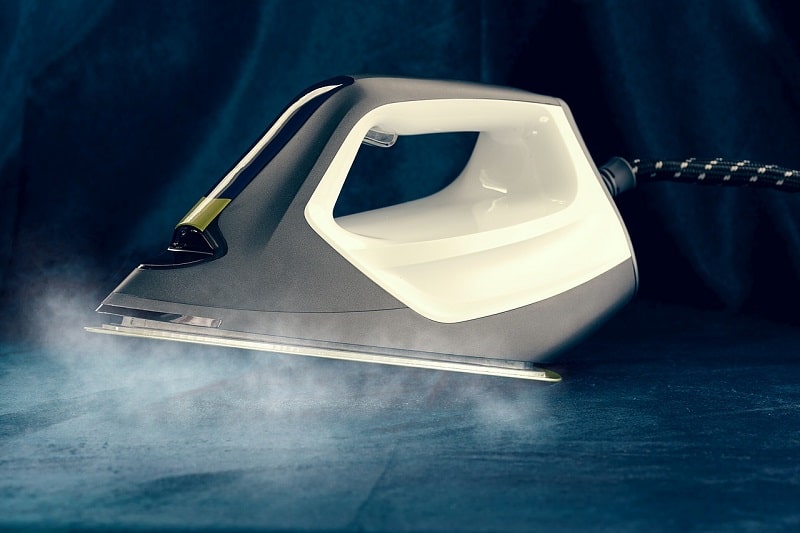
It’s likely that if you live in a hard water area and haven’t yet descaled your steam iron, it will get a limescale buildup and stop working correctly. Here are some tell-tale signs that there’s too much limescale in your appliance:
- The iron has stopped producing steam.
- A brown or white residue is left behind on clothes after using the iron.
- The iron no longer moves effortlessly across clothing, instead, the soleplate gets stuck.
- The iron is still working but it’s not removing creases as efficiently, or at all.
If you’re experiencing any of these issues, it might be worth descaling your iron before looking into other causes.
As tempting as it is to skip the descaling process, doing so could lead to your appliance staining your clothing, rusting and eventually breaking.
The good news is that descaling is pretty quick and easy. It doesn’t require any special equipment and you may only need to purchase a few products as you will most likely have many of them at home already.
How to Manually Descale Your Steam Generator Iron
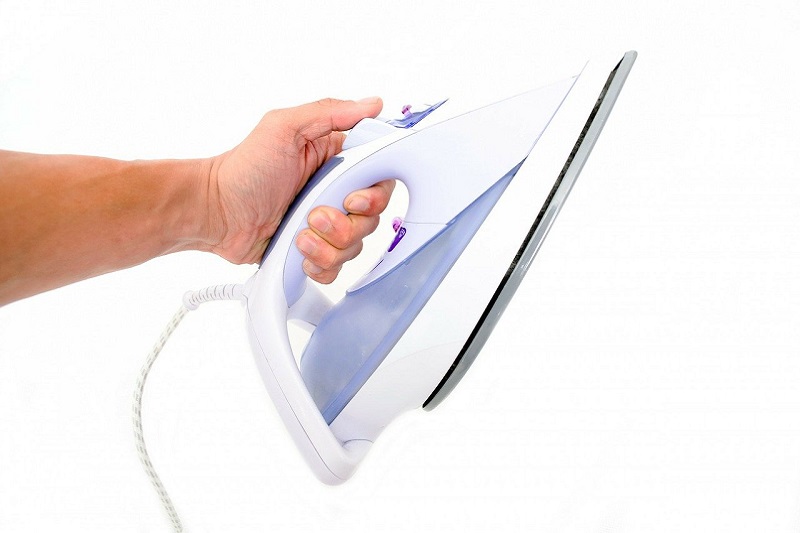
In terms of cleaning products, you can either use white vinegar or a specially formulated descaling product that is made for steam generator irons. Avoid using an all-purpose cleaner as these may damage your iron.
The cleaning process is the same whether you use vinegar or a special cleaner and should take around 30-45 minutes in total:
- Firstly, switch off and unplug your iron from the power source.
- Empty out the water reservoir.
- Add your cleaning product to the water valve and fill it about three quarters of the way up. If using vinegar, you can either use undiluted vinegar or a solution of equal parts vinegar and water.
- Switch your appliance back on and set it to around medium to high heat.
- Leave it to steam for around 15 minutes.
- Once the water valve is empty, switch the appliance off again. If the water valve isn’t empty after around 15 minutes, empty out the remaining liquid.
- Fill the reservoir again with tap water or distilled water.
- Switch the iron back on and let it steam again until the reservoir empties.
It’s a good idea to repeat this process every three months to ensure that you keep on top of limescale build up.
Built-in Descalers: Don’t Manually Descale Your Iron if it Has One of These
Before descaling your steam generator iron, be sure to check the manufacturer’s instructions as some appliances come with a built-in descaling function, meaning you don’t have to perform a manual descaling. In fact, doing so could damage the appliance and void your warranty.
There can be three different types of built-in descalers:
- A descaling setting on the iron: you will just need to select the descaling program and the iron will descale itself.
- Descaling cartridges: these cartridges remove minerals from the water to stop limescale being left behind and need to be replaced regularly.
- A limescale collector: this is a container within the water reservoir that collects mineral deposits and needs to be emptied and cleaned around once every three months.
As mentioned, refer to the instruction manual to be sure you’re using these features correctly, and how often you need to use them.

In The Wash is your guide to the best laundry and cleaning products, tips and tricks. Our mission is to solve the UK’s cleaning and laundry dilemmas!
